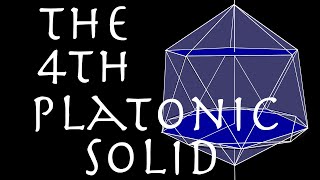Polyhedral compounds | Polyhedra
Great complex icosidodecahedron
In geometry, the great complex icosidodecahedron is a degenerate uniform star polyhedron. It has 12 vertices, and 60 (doubled) edges, and 32 faces, 12 pentagrams and 20 triangles. All edges are doubled (making it degenerate), sharing 4 faces, but are considered as two overlapping edges as topological polyhedron. It can be constructed from a number of different vertex figures. (Wikipedia).




















